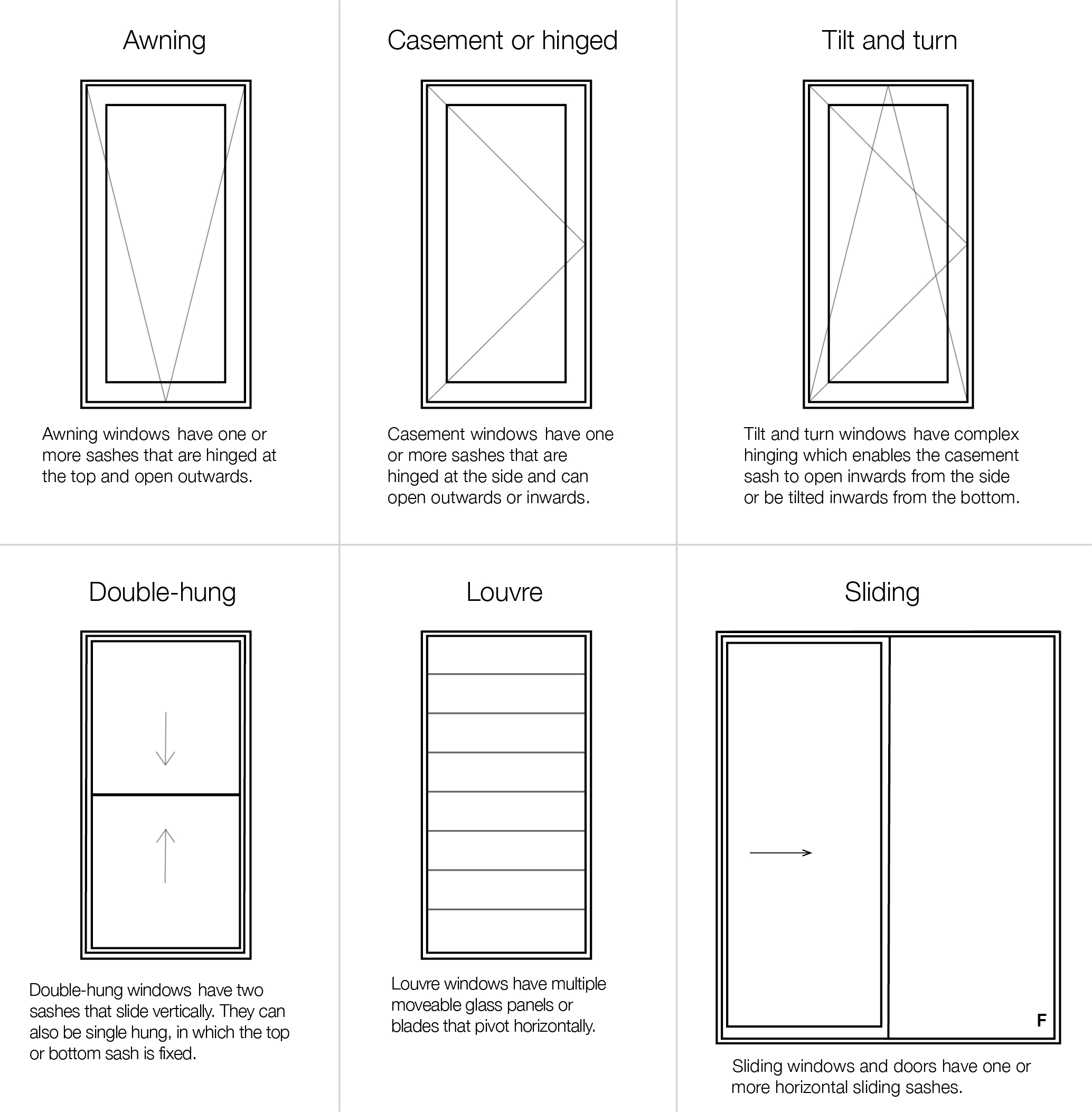All Categories
Featured
Table of Contents
What Are The Benefits Of Double Glazed Windows? in Darlington Western Australia
Glazing just implies the windows in your house, consisting of both openable and fixed windows, along with doors with glass and skylights. Glazing actually simply implies the glass part, but it is typically utilized to describe all aspects of an assembly including glass, movies, frames and furnishings. Focusing on all of these aspects will assist you to accomplish efficient passive design.

Energy-efficient glazing makes your home more comfortable and considerably reduces your energy expenses. Unsuitable or improperly created glazing can be a major source of undesirable heat gain in summer and substantial heat loss and condensation in winter season. As much as 87% of a house's heating energy can be acquired and as much as 40% lost through windows.
Upvc Double Glazed Windows Australia in Kenwick Western Australia
Glazing is a considerable investment in the quality of your home. The cost of glazing and the cost of heating and cooling your house are carefully related. An initial financial investment in energy-efficient windows, skylights and doors can significantly decrease your annual cooling and heating expense. Energy-efficient glazing likewise decreases the peak heating and cooling load, which can decrease the needed size of an air-conditioning system by 30%, leading to more cost savings.

This tool compares window selections to a base level aluminium window with 3mm clear glass. Comprehending some of the crucial homes of glass will help you to pick the very best glazing for your house. Key homes of glass Source: Adjusted from the Australian Window Association The quantity of light that passes through the glazing is referred to as noticeable light transmittance (VLT) or visible transmittance (VT).
Glass Selector - Custom Single & Double Glazed ... in East Perth WA
The U value for windows (expressed as Uw), describes the conduction of the whole window (glass and frame together). The lower the U worth, the higher a window's resistance to heat circulation and the much better its insulating value.
If your house has 70m2 of glazing with aluminium frames and clear glass with a U value of 6. 2W/m2 C, on a winter season's night when it is 15C chillier outside compared to indoors, the heat loss through the windows would be: 6. 2 15 70 = 6510W That is equivalent to the overall heat output of a big space gas heating unit or a 6.
Enjoy Your Summer More With Double Glazed Windows in Kiara Perth

If you choose a window with half the U value (3. 1W/m2 C) (for instance, double glazing with an argon-filled gap and less-conductive frames), you can cut in half the heat loss: 3. 1 15 70 = 3255W The solar heat gain coefficient (SHGC) for windows (revealed as SHGCw) measures how easily heat from direct sunlight flows through a whole window (glass and frame together).
The lower a window's SHGC, the less solar heat it transmits to the home interior. The real SHGC for windows is impacted by the angle that solar radiation strikes the glass.
Which Type Of Glass Is Best For Energy Efficiency? - A&l Windows in Medina Perth
When the sun is perpendicular (at 90) to the glass, it has an angle of incidence of 0 and the window will experience the maximum possible solar heat gain. The SHGC stated by glazing makers is constantly determined as having a 0 angle of occurrence. As the angle increases, more solar radiation is reflected, and less is sent.
Table of Contents
Latest Posts
Triple Glazing Vs. Double Glazing: What Are The Differences? in North Beach Western Australia
What Are The Best Upvc Windows For Summer in Secret Harbour WA
Why Is Double Glazing So Important In Winter? in Yanchep WA
More
Latest Posts
Triple Glazing Vs. Double Glazing: What Are The Differences? in North Beach Western Australia
What Are The Best Upvc Windows For Summer in Secret Harbour WA
Why Is Double Glazing So Important In Winter? in Yanchep WA